- Date
- Wednesday, March 22, 2017
- Tagged under
Some recent eye-popping big avalanches
Some big avalanches starting releasing around March 15. It's the Persistent Weak Layers buried in February, and even back to November, waking up. The pattern is sporadic and rather unpredictible: one here one day, two over there another day, maybe none on the third day, but the next day brings more surprises. Triggers are often large, like a dropping cornice chunk, but sometimes it's just the kiss of direct sun on a high alpine slope. Check out the photos below (we'll update as we get new reports) and if you want to dig deeper into the problem read Karl Klassen's explanation of the problem and advice for how to manage it.
ilya storm
Moderate Terrain, South Columbia (Selkirk Mtns)

Size 4 Natural Trigger (March 15), crossed a ski-touring party's uptrack from earlier in the day.
Source: Facebook
Mid-Elevation Moraines, Glacier National Park (Selkirk Mtns)
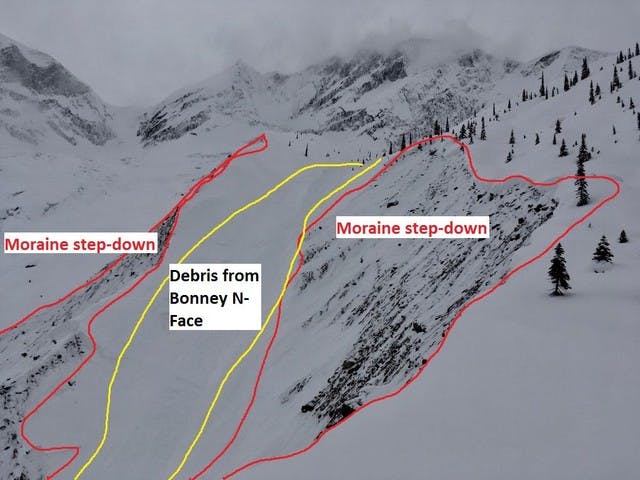
Moraines often have thinner, weaker snowpacks with many "thin-spot trigger points". The gulley was filled with debris from an avalanche from above (March 17).
Source: GNP
High Elevation Alpine Face, Glacier National Park (Selkirk Mtns)
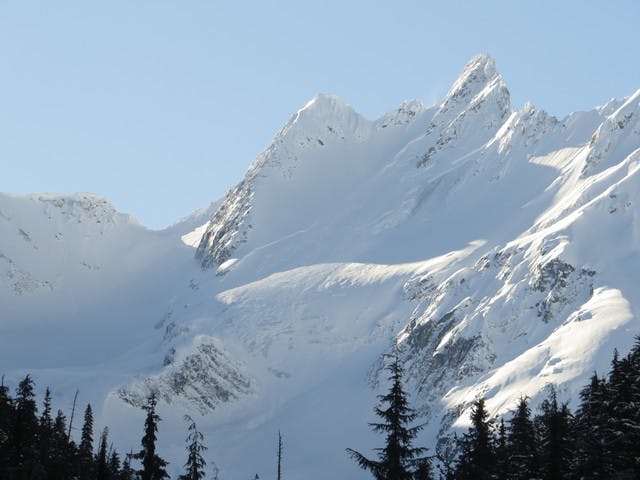
Natural Trigger Size 4 released the entire winter's snowpack (March 20).
Source: GNP
Solar Triggered, Treeline Terrain (Rocky Mtns)
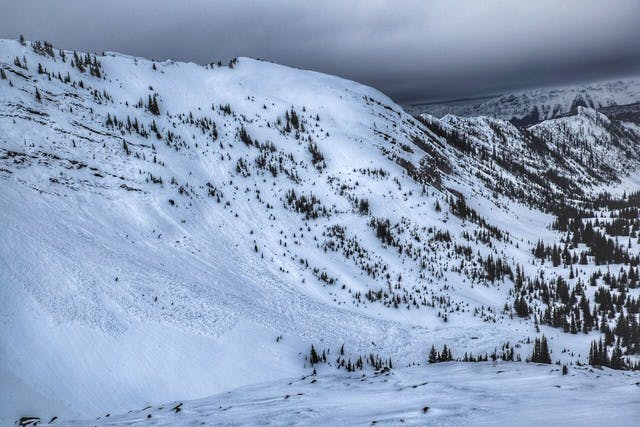
Likely cornice triggered (March 21).
Source: MIN
Valley Floor Debris (Monashee Mtns)
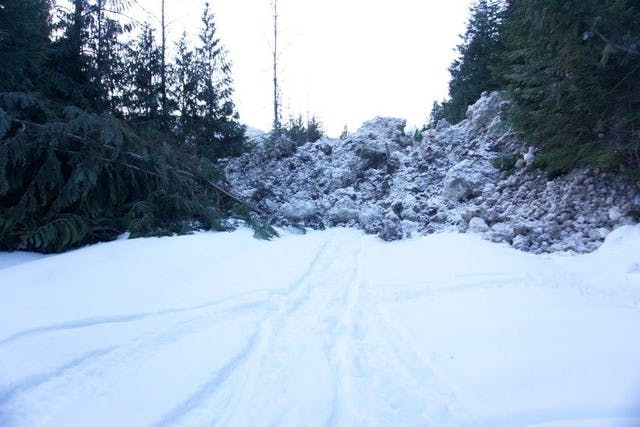
Large high elevation avalanches have been reaching valley floor.
Source: Facebook
Wide Propagations (Rocky Mountains)
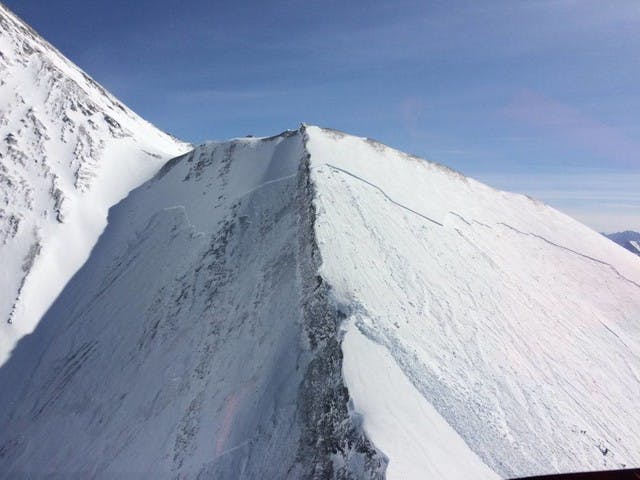
Ridges and similar high ground can often provide safer terrain, but not always and not during historic cycles outside of our normal experience (March 22)
Source: K-Country Facebook